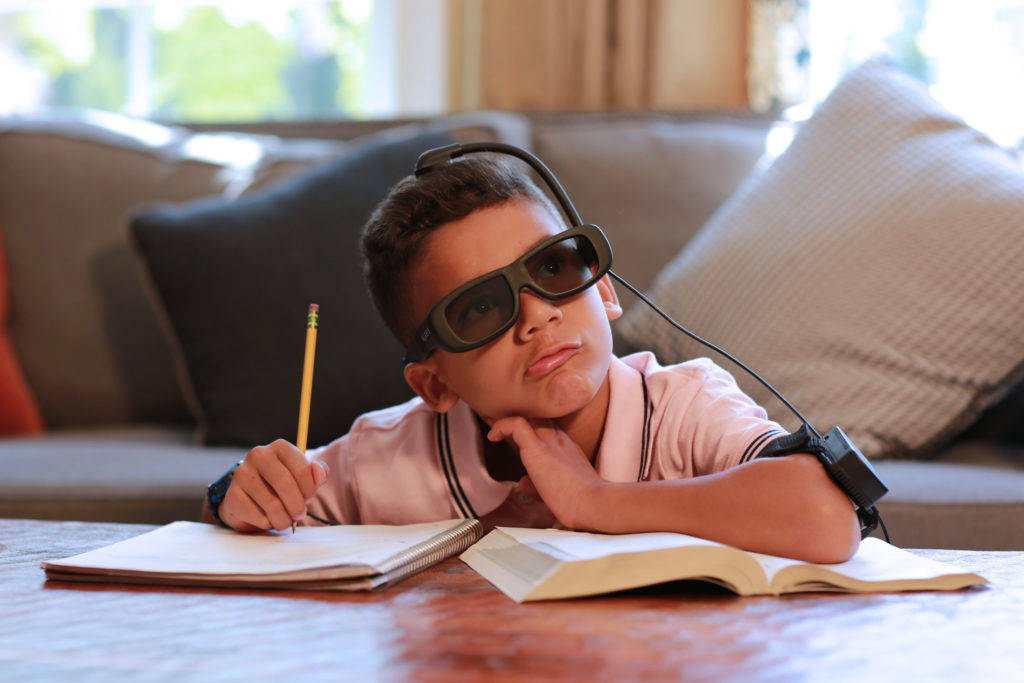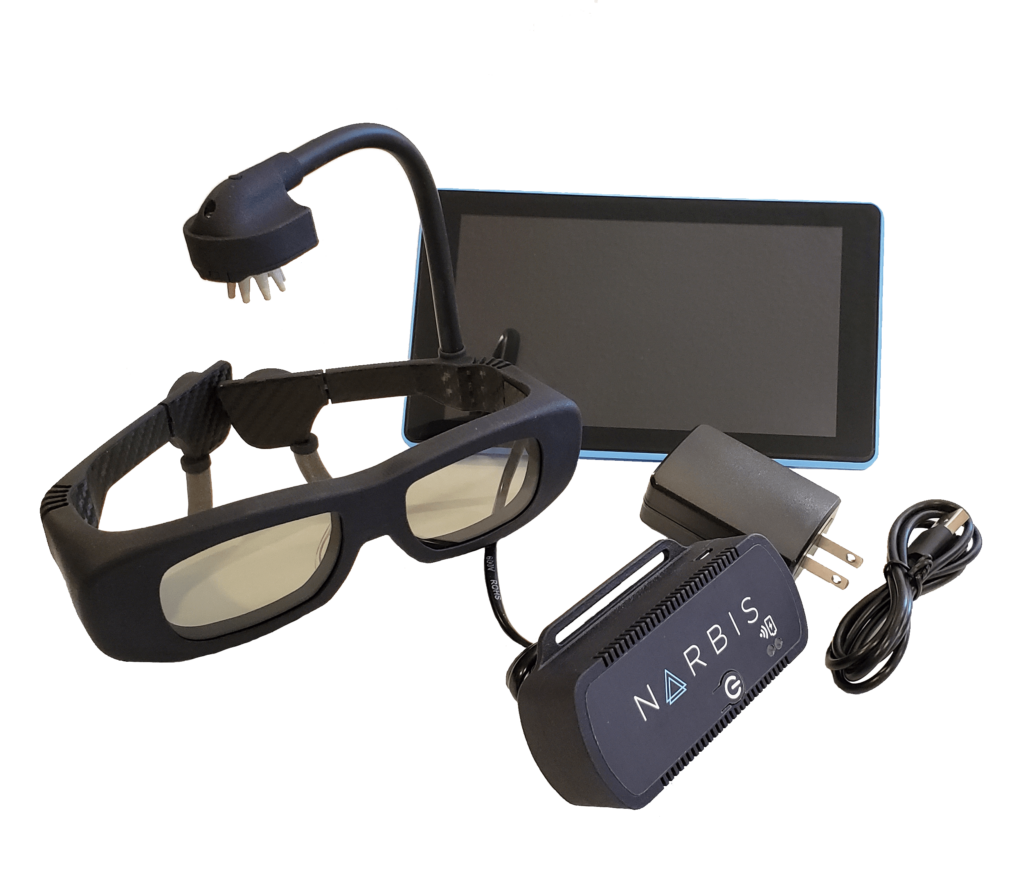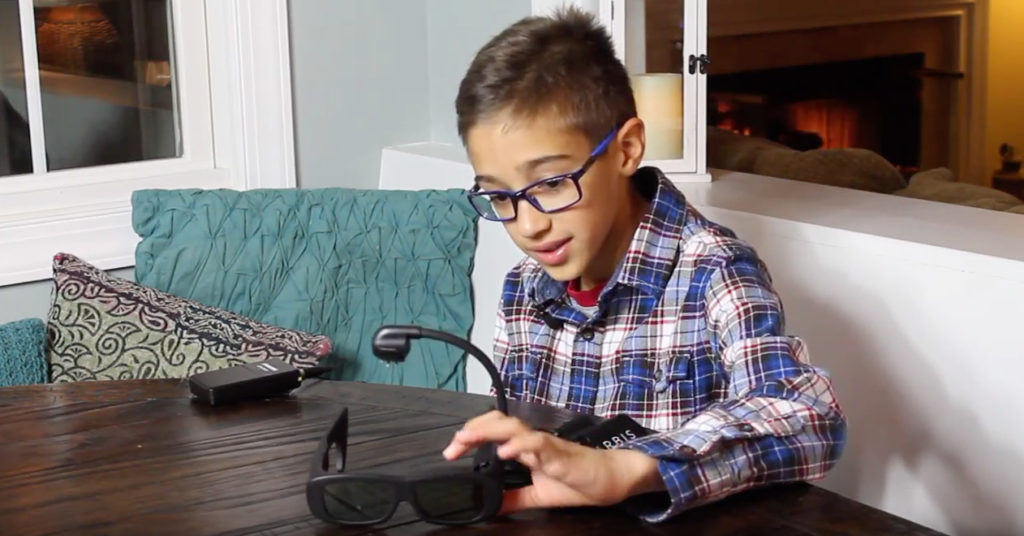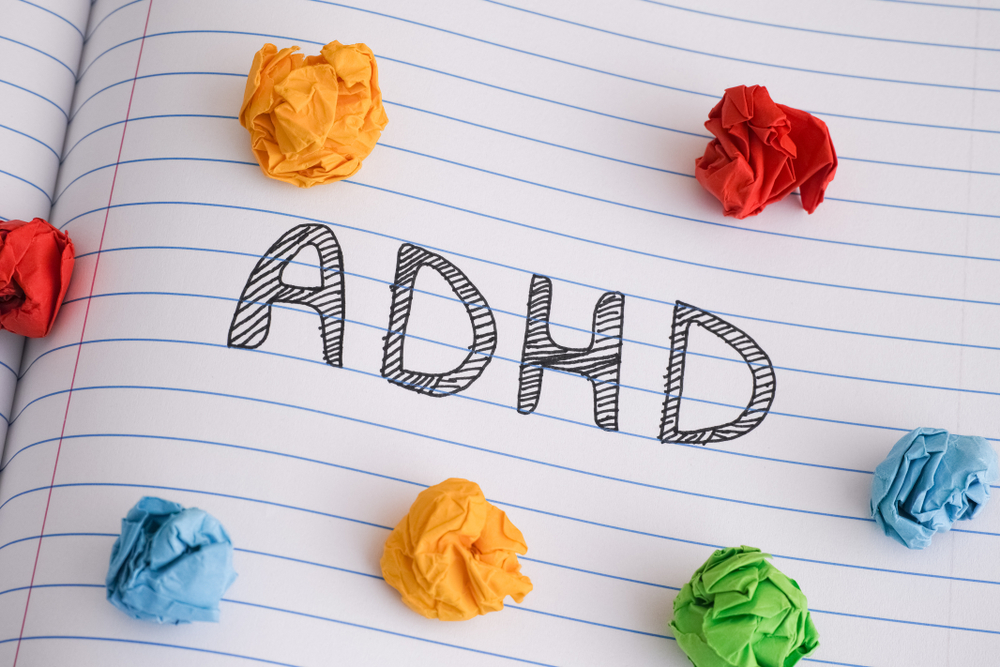Parenting a child with ADHD can be stressful and at times, infuriating. The constant fidgeting, impulsive behavior, and lack of listening can leave a parent feeling both embarrassed by their child’s behavior, as well as frustrated because the same types of discipline that work for a lot of children don’t necessarily work for kids with ADHD. For kids with ADHD, the skills that control attention, behavior, and activity don’t come naturally, and for parents of children with ADHD, finding the right treatment to help their kids succeed in school and in life can be challenging.
ADHD is a serious public health problem affecting a large number of children and adults, according to the CDC. ADHD can cause problems in how well children do in school, in their ability to make and keep friends, and in how they function in society. Although there are treatments to improve ADHD symptoms, more information is needed about managing ADHD so that children can learn and grow into adulthood without being impaired by their symptoms.
One of the most popular treatments for ADHD symptom management is prescription drugs. Over the past decade, the number of children being prescribed ADHD medications has increased substantially. Drugs like Ritalin and Adderall are commonly doled out, but not without reservations and side effects. A host of cardiac issues including hypertension and tachycardia, cardiomyopathy, cardiac dysrhythmias, and necrotizing vasculitis have been associated with these types of ADHD stimulant medications.
In addition, a study on children with ADHD who were treated with a central nervous system stimulant – found that children using the medication still underperformed at school compared to their peers.
For parents seeking non-drug alternatives to ADHD treatment, Neurofeedback is gaining popularity as a way to help people struggling with neurological or psychiatric disorders, including ADHD.

Several randomized controlled trials have been conducted comparing neurofeedback to non-pharmacological treatments, and even more studies have compared neurofeedback to stimulant medication in treating ADHD’s core symptoms, with positive results.
Neurofeedback, a form of biofeedback, is a non-invasive way to measure and modify the way your brain functions. By monitoring your brainwave activity using electrodes (EEG), neurofeedback maps the way your brain works. By rewarding healthy brainwave activity over unhealthy activity (like attention over inattention), neurofeedback training can reduce unwanted symptoms and behavior.
For example, Narbis smart glasses provide instant feedback to help a wearer recognize when they’re distracted. Say, while reading a book, sensors in the Narbis glasses and a NASA-patented algorithm track your brain waves to tell if you’re distracted, relaxed, or focused.

When your attention drifts, the glasses get darker, making it more difficult to read, and when you focus, they clear. The glasses help your brain connect positive behaviors to a reward, which over time, teaches you how to shift into a more focused, attentive state.
Simply put: since a focused brain acts differently from an unfocused one, neurofeedback training can help children induce a brain state that’s characteristic of showing focus.
Much like how operant conditioning works for physiological mechanisms like salivation (remember Pavlov’s dog?) it also works for cerebral functions like focus and concentration.
One study in the journal Pediatrics, evaluating school children with ADHD found that the kids given Neurofeedback training made more prompt and greater improvements in ADHD symptoms than those given cognitive training, or those in the control group.
How does Neurofeedback compare to drugs? Multiple head-to-head comparisons of neurofeedback to stimulant medication for the treatment of ADHD studies found that neurofeedback treated ADHD core symptoms just as well as stimulant medication.
Indeed, a 10,000 foot view of the scientific literature confirms that Neurofeedback works as a treatment to help kids with ADHD reduce their symptoms: a recent review of nine studies analyzing the effects of neurofeedback interventions in children with ADHD concluded that Neurofeedback showed a significant improvement of the symptoms in children with ADHD, noting: “[Neurofeedback] treatment improved behavior, allowed greater control of impulsivity, and increased sustained attention. In addition, it improved motor control, bimanual coordination, and was associated with a reduction in theta waves.”
Anecdotally, Narbis users have experienced similar improvements in their concentration. Margis Kapur, age 8, says he used to zone out in school and have a tough time paying attention. It would take him 20-30 minutes to get through two to three pages of homework. After starting at-home Neurofeedback training via Narbis, however, his focus increased and the amount of time he spent on homework was reduced by half.

For families impacted by ADHD, and who are considering non-medication alternatives to treatment, it might be worth looking into Neurofeedback training. The evidence for its efficacy is compelling, and given advancements in electrode technology, Neurofeedback training is now accessible outside of the clinic, and available to try from the comfort of your own home.







